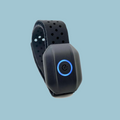Festive Deals Live Now! | Last order dates for guaranteed Christmas delivery Mainland UK 18th December at 2pm
-
Festive Deals
-
Equipment
-
Membership
-
Merchandise
-
30-Day Home Trial
-
Why Choose Us?
-
Your Safety Matters
-
News
-
Gift Vouchers
-
Echelon Commercial
-
Member Login
-
Store Login
Connect Rowers
Strength Training
Smart Fitness Mirror
Stair Climber
Festive Deals Live Now! | Last order dates for guaranteed Christmas delivery Mainland UK 18th December at 2pm
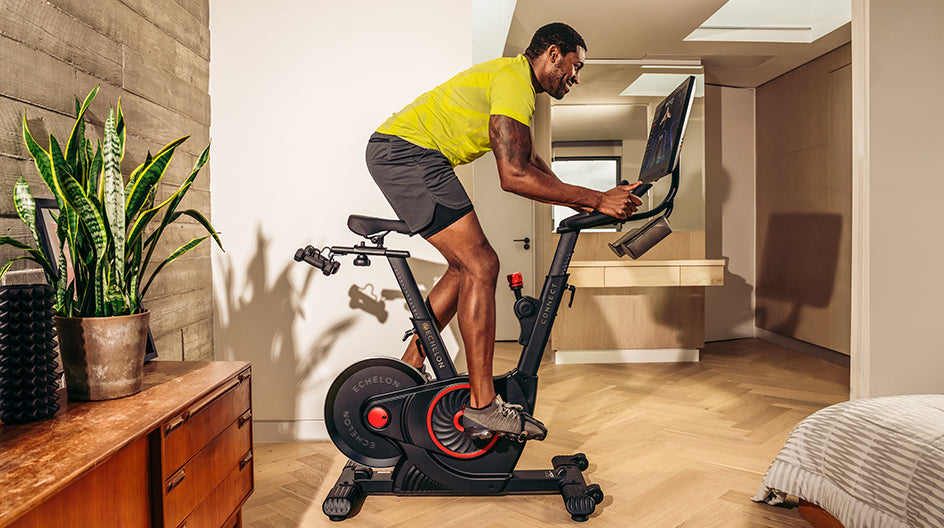
Smart Bikes
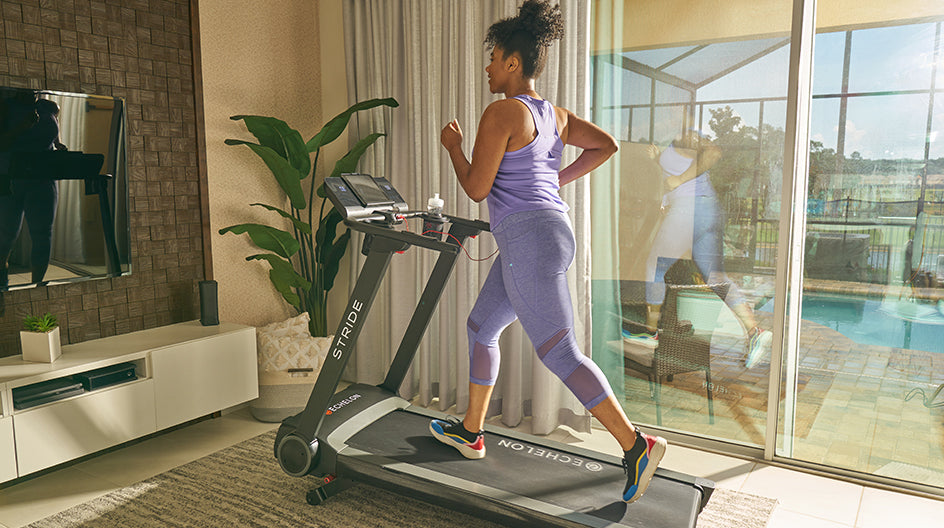
Smart Treadmills
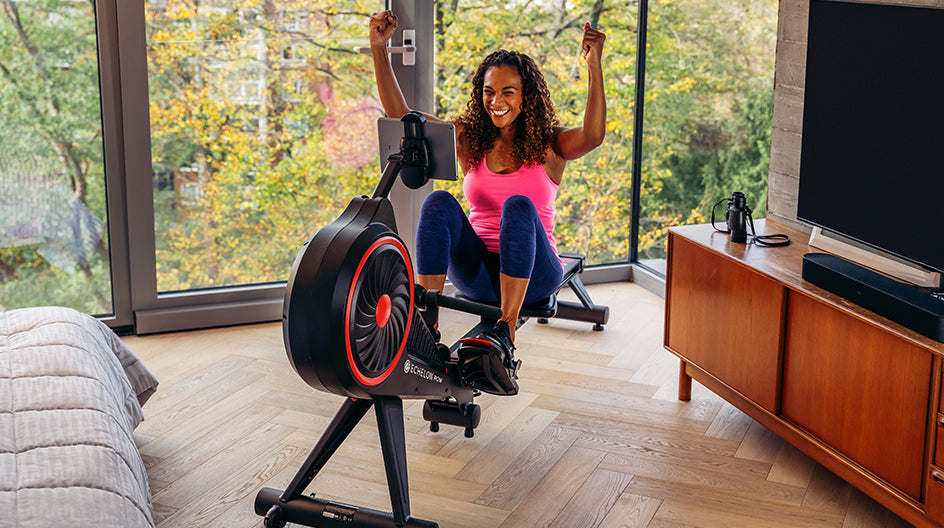
Smart Rowers

Stair Climber
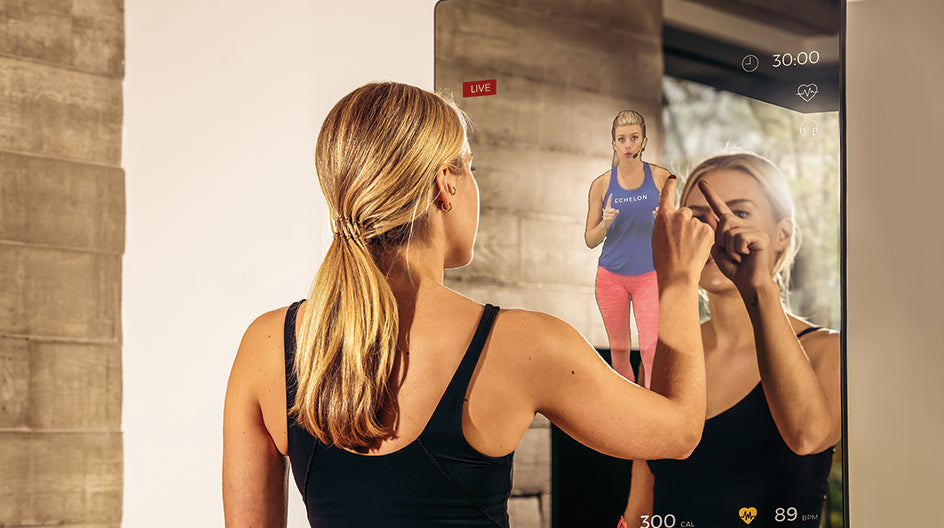
Smart Fitness Mirror

Strength Home
NEW!

Exercise Bench
NEW!

Adjustable Dumbbells
NEW!
SMART HOME ROWERS
Why choose Echelon?REFLECT FITNESS MIRROR
Why Choose Echelon?The Benefits of Rowing
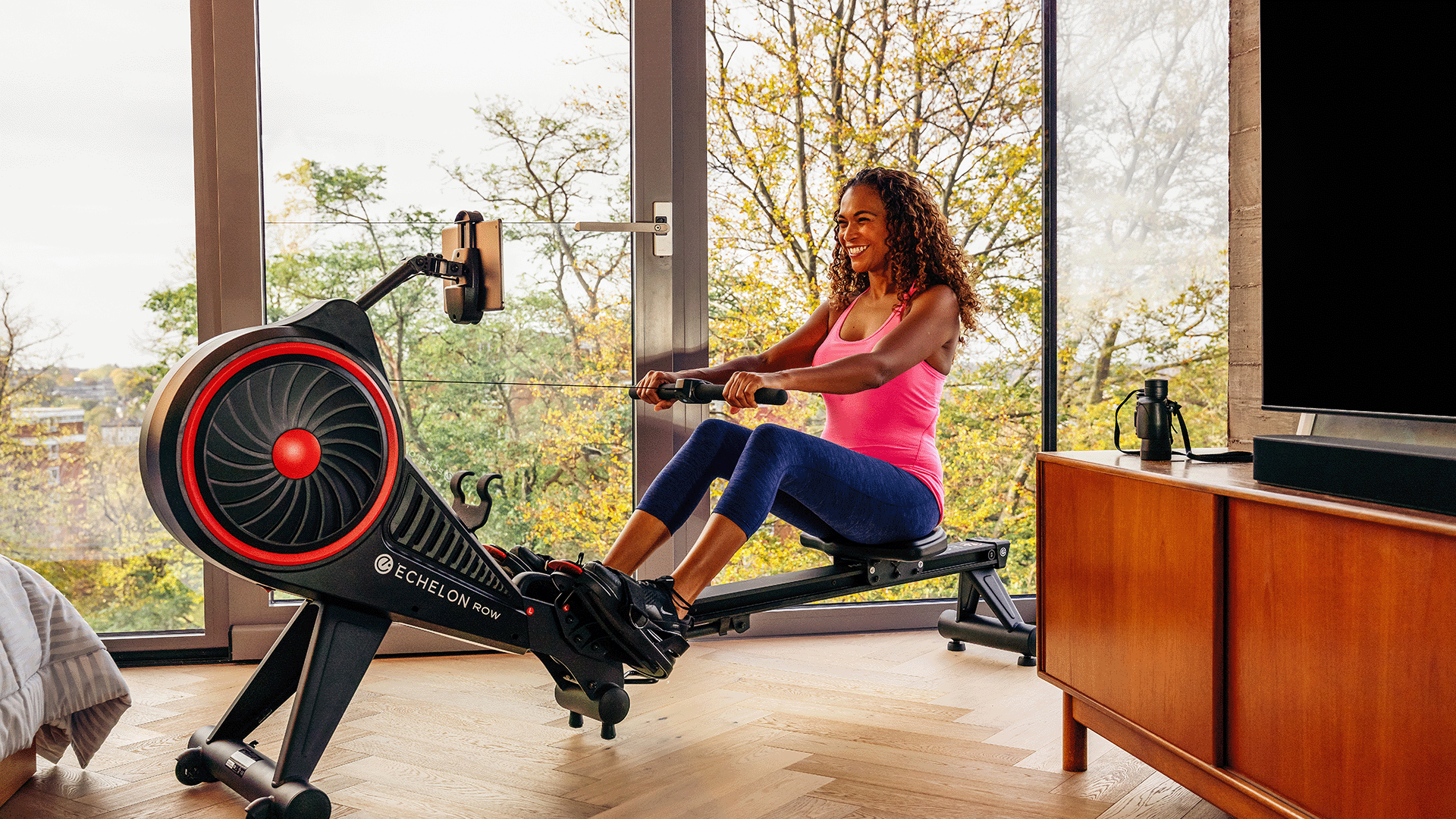
3 min read
Based on scientific research and studies, it is evident that rowing, along with other forms of exercise, can have a direct positive impact on your overall health and wellbeing and you do not need to be a professional athlete to reap these benefits. This article takes a closer look at the associated benefits of indoor rowing and the facts behind these benefits.
Full body workout
Indoor rowing provides excellent upper and lower body conditioning, incorporating a wide range of muscles. A powerful leg drive starts every stroke, with your quadriceps, hamstrings and gluteals firing up to push you along the slide of the rowing machine. Then comes the power from the back and upper body – your abdominals and obliques activate to provide stability, assisting your torso to drive backwards. Simultaneously, your trapezius, latissimus dorsi and biceps work to pull the handle towards your body.
According to the American Fitness Professionals Association, an individual rowing stroke consists of 25–35% upper body work and 65–75% leg work.
The major lower body muscle groups that an indoor rowing stroke targets includes:
- quadriceps
- calves
- glutes
A rowing stroke is also known to strengthen the following upper body muscles:
- pecs
- arms
- abdominal muscles
- obliques
Muscular Strength & Cardiovascular Endurance
Indoor rowing promotes improvements to both muscular strength and cardiovascular endurance. Endurance is the ability to exert energy for a prolonged period of time.
When your muscles are put under repeated physical stress, physiological adaptations occur to make them stronger, whereby muscle fibres grow stronger over time, developing an improved ability to utilise oxygen. This physical stress and the following recovery from nutrition and rest increases strength.
A big advantage is that indoor rowing works both muscular strength and cardiovascular endurance simultaneously, which in turn enables you to build power and stamina.
Low-impact
Compared to other forms of exercise, the use of a rowing machine is considered low-impact, minimising damage to your weight-bearing joints.
A 2014 study of 24 people over an 8 week period resulted in findings that joint torques, or rotations, in the elbow, lumbar, shoulder and knee improved by 30% when using rowing machines. If you struggle with joint pains, then opting for a lower impact activity, such as rowing, allows you to work towards your fitness goals without putting pressure on your body.
Reduced Risk of Diabetes
According to the World Health Organization, over 442 million people worldwide have diabetes, with roughly 1.6 million deaths associated with diabetes each year. In addition to altering your diet to reduce the risk or manage diabetes, increased physical exercise is proven to be one of the best defences against diabetes.
A 2019 study found that those who had type 2 diabetes and used an indoor rowing machine for 8 weeks, experienced a decrease of 8.5% in their blood glucose levels.
Lower Blood Pressure and Reduced Risk of Heart Diseases
It is proven that all forms of cardio are beneficial for your heart health, with rowing being no exception. Indoor rowing can help lower your risk of developing heart disease, lower blood pressure and improve your total cholesterol.
The same 2019 study found that participants who did rowing workouts for 8 weeks experienced a 2.6% lower plasma free fatty acid (FFA) level, which in high concentrations can increase the risk of heart diseases. In addition, blood pressure was reduced by 9% and cholesterol decreased by 3.5% during the 6 month study.
Row with Echelon
The benefits discussed in this article are just some of the advantages of using an indoor rowing machine. If you are looking for a low-impact form of exercise to help you work towards your fitness and health goals, then the Echelon Row Smart Rowing Machine is a perfect option for you. Join the Echelon community today.

Why Echelon is Different
See why we are the most affordable and best value at home fitness on the market.
Related Posts
Your Cart
There is currently no items in the cart.
See our best deals






